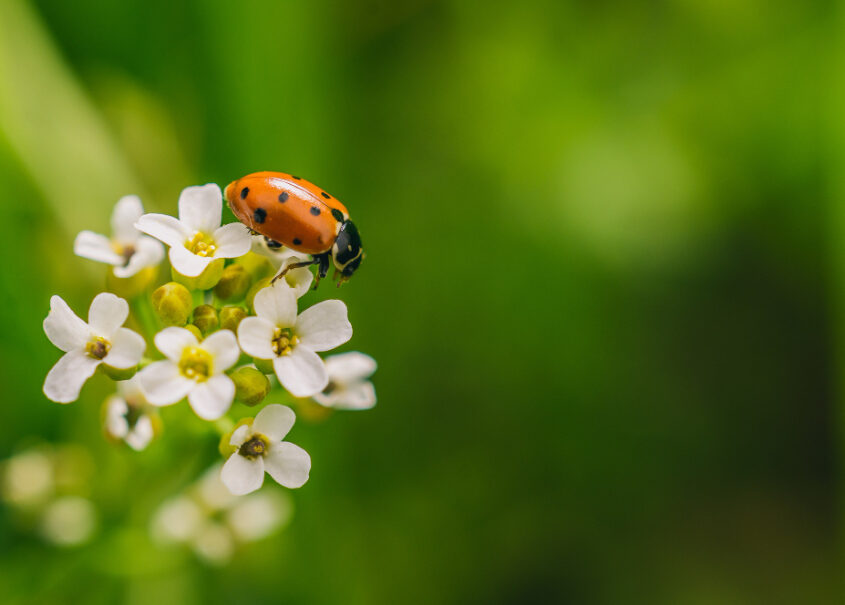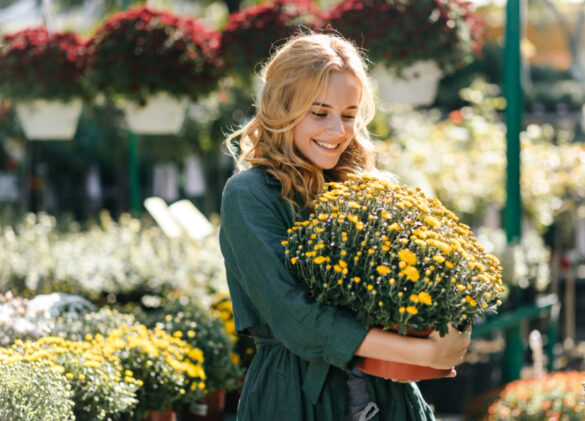How to Attract Pollinators to Your Ranunculus Garden: A Symphony of Color and Buzz

The vibrant blooms of ranunculus, often nicknamed “buttercups of the garden,” bring a touch of cheer and elegance to any flower bed. But beyond their captivating beauty, these spring and early summer favorites play a vital role in the delicate balance of our ecosystem. Ranunculus, like many flowering plants, relies on pollinators – bees, butterflies, hummingbirds, and more – to reproduce and thrive.
In turn, these pollinators depend on a diverse and healthy supply of flowers like ranunculus for nectar and pollen, the fuel that keeps them going. Here’s where you, the passionate gardener, can step in and create a haven for both: a stunning ranunculus garden teeming with buzzing life! This comprehensive guide delves into the fascinating world of pollinator attraction, equipping you with the knowledge and strategies to transform your ranunculus haven into a pollinator paradise.
Understanding Pollinators and Their Needs: Building a Buzz-Worthy Habitat
Who are the Pollinator Powerhouses?
A diverse cast of characters makes up the pollinator world. Here are some of the key players you might encounter in your ranunculus garden:
- Bees: These buzzing benefactors come in various shapes and sizes, from the familiar honeybee to solitary native bee species. They’re attracted to flowers with strong scents and readily accessible nectar.
- Butterflies: These fluttering friends are drawn to brightly colored flowers with flat landing zones. They play a crucial role in pollinating a wide range of plants.
- Hummingbirds: These tiny marvels of nature are attracted to brightly colored, trumpet-shaped flowers with readily available nectar.
- Hoverflies: Often mistaken for wasps, these beneficial insects are excellent pollinators, attracted to a variety of flower shapes and colors.
What are Pollinators Looking For?
Understanding what attracts pollinators is key to creating an irresistible haven in your garden. Here are the essentials:
- Food: Nectar, a sugary liquid produced by flowers, is the primary energy source for pollinators. Ranunculus, with their shallow nectaries, are readily accessible to a wide range of pollinators.
- Shelter: Pollinators need safe spaces to rest, lay eggs, and hide from predators. Planting a variety of flowering plants throughout the season ensures a consistent food and shelter source.
- Favorable Conditions: Avoid using pesticides that harm pollinators. Choose organic gardening practices whenever possible and provide sources of clean water.
Creating a Pollinator Paradise: Design Strategies for Your Ranunculus Garden
Planting Power:
- Variety is Key: Plant a diverse range of flowers alongside your ranunculus. Early bloomers like hellebores and crocuses provide a welcome food source for pollinators emerging from winter. Include late-blooming options like asters and sedum to extend the floral buffet throughout the season.
- Native Allure: Incorporate native plants that have evolved alongside local pollinator populations. These plants often offer a more reliable food source and habitat for native bee species.
- Cluster Power: Plant ranunculus and other flowering plants in large groupings. This creates a visual feast for pollinators, making it easier for them to find the nectar they need.
Beyond Blooms: Designing for Shelter and Nesting Sites
- Think Beyond Flowers: Include non-flowering plants that provide valuable shelter and nesting sites for pollinators. Consider incorporating ornamental grasses, low-growing shrubs, and a dedicated “pollinator corner” with dead snags and piles of loose branches.
- Let it Flow: Minimize the urge to tidy up fallen leaves and debris. These can provide overwintering habitat for some pollinator species.
- Water Wisely: Provide a shallow birdbath or small water feature with rocks for perching. Fresh water is a vital resource for all garden inhabitants, including pollinators.
Maintaining Your Pollinator Paradise: Ongoing Care for a Thriving Ecosystem
- Sustainable Practices: Minimize pesticide use and opt for organic solutions whenever possible. Pesticides can harm both pollinators and the beneficial insects that prey on garden pests.
- Deadheading Delights: Regularly remove spent blooms from your ranunculus and other flowering plants. This encourages continued flower production and keeps your garden looking fresh, attracting pollinators throughout the season.
- Winter Wonderland: Leave some seed heads standing over the winter. These provide a valuable food source for overwintering birds, who are also excellent garden allies.
Creating a ranunculus garden that attracts pollinators is a rewarding effort that benefits both your plants and the environment. By selecting the right plants, providing essential resources, and maintaining a welcoming habitat, you can transform your garden into a vibrant oasis for bees, butterflies, hummingbirds, and other pollinators. Embrace these strategies and enjoy the beauty and productivity of a thriving ranunculus garden filled with the delightful presence of pollinators. Happy gardening!







No Comments